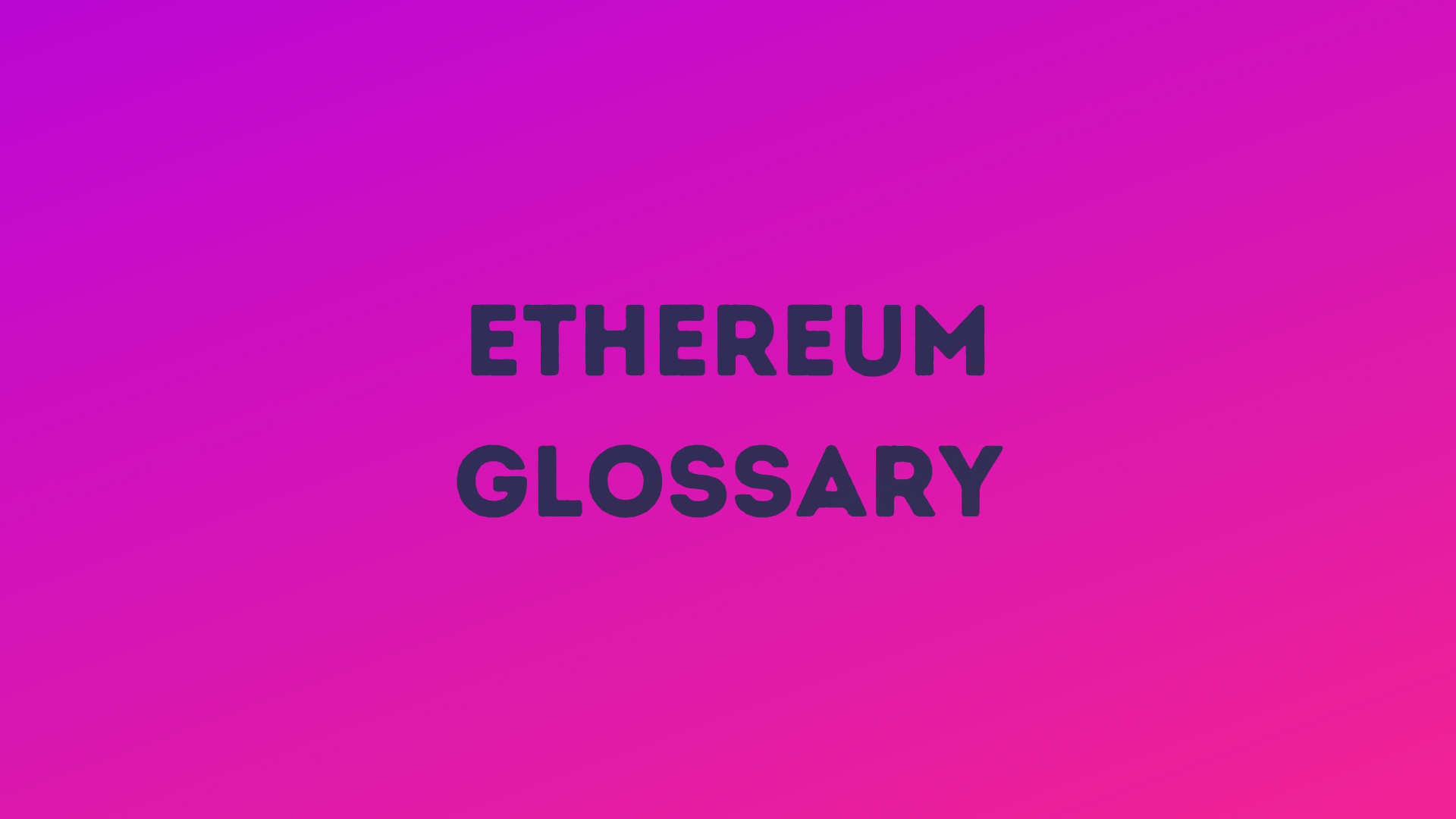What does staking, Layer 2, TVL or flippening mean? This glossary explains the most important Ethereum concepts — from technical upgrades to financial terms — and makes it easier to understand what shapes the market.

To understand Ethereum even better, we have created a separate FAQ, Frequently Asked Questions, which you can find here. Here you can also read about Ethereum's summer sprint: When ETH surpasses even Bitcoin's record low
Altcoin: Designation of any cryptocurrency that is not Bitcoin. Ethereum was historically considered an altcoin, but has evolved to become a co-leader in the market.
Correlation (correlación): The degree of how much two assets move in tandem. ETH and BTC have historically had a strong positive correlation (~0.7).
Danksharding: An upcoming Ethereum upgrade that should greatly increase scalability by sharing blockchain data into “shards”, while preserving security.
DeFi (Decentralized Finance): Decentralized finance applications on the blockchain that work without intermediaries, enabling borrowing, trading and lending via smart contracts.
Digital Asset Treasury (DAT): A strategy for companies or funds in which part of the reserves is placed in digital assets such as BTC and ETH.
EIP-1559: A 2021 Ethereum upgrade that introduced a mechanism where a portion of transaction fees are “burned,” which can make ETH deflationary over time.
ETF (Exchange-Traded Fund): A regulated fund that holds underlying assets (e.g. ETH, BTC, stocks) and are traded on traditional exchanges.
ETH/BTC Ratio: A measurement indicator that compares the price of Ethereum against Bitcoin. Often used as a barometer for which of the two performs best.
The flippening: A hypothetical scenario where Ethereum surpasses Bitcoin in market capitalization.
Gas Fees: Transaction fees paid in ETH to have activities processed and validated on the Ethereum blockchain.
Layers 2 (L2): A scale-up solution that processes transactions outside of Ethereum's main chain, but uses Ethereum for final settlement.
Macro Headwinds: Macroeconomic conditions such as inflation, interest rates and dollar strength affecting risk assets such as ETH and BTC.
NFTs (Non-Fungible Tokens): A unique digital asset (art, collectibles, real estate) issued on Ethereum, representing ownership of unique objects.
Open Interest:Da total value of outstanding derivative contracts (futures, options). High open interest indicates extensive use of leverage.
Proof of stake (PoS): Ethereum's consensus mechanism where validators deposit ETH (“stakes”) to secure the network and receive rewards.
Stablecoin: A cryptocurrency tied to a fiat currency (e.g. USD). Most stablecoins (USDT, USDC, DAI) are located on the Ethereum network.
Tokenization: The process of issuing traditional assets (bonds, stocks, real estate) as tokens on a blockchain, making fractional ownership and 24-hour trading possible.
Total Value Locked (TVL): The aggregate value of assets deposited in DeFi protocols, often measured in ETH or USD.
Yield: Income generated by an asset. In Ethereum, yield comes from staking or DeFi activities.